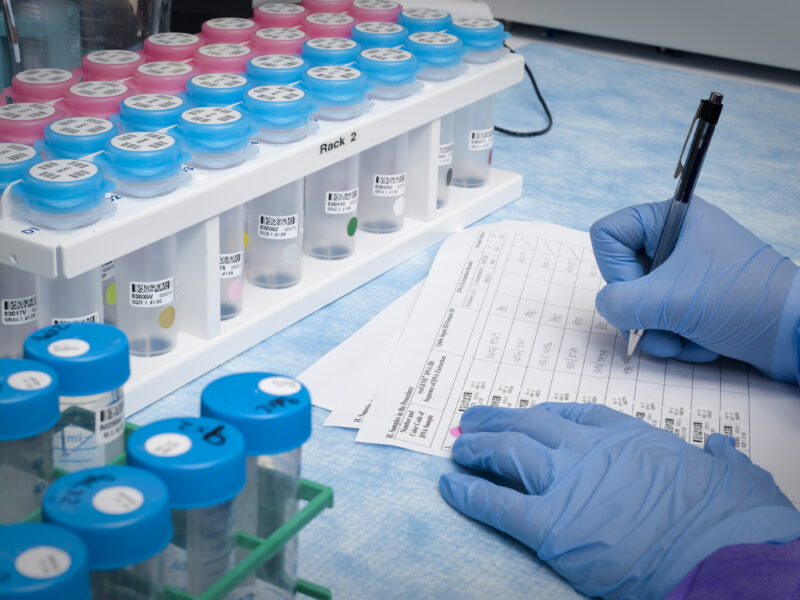Zimbabwe’s water and wastewater infrastructure is in a serious form of disrepair, requiring immediate maintenance if outbreaks of waterborne illnesses such as cholera and typhoid are to be avoided.
Despite widespread disease outbreaks in recent years, Zimbabwe’s government has done very little to improve water quality and supply [1]. Urban centers, such as Harare and its surrounding districts, are most affected by the government’s lack of interference in sewage treatment.
In Harare, only 40 percent of residents have access to clean and safe drinking water everyday. For the remaining 60 percent, few clean water options are available. Some are forced to buy bottled water, although even these supplies are running low. The vast majority of Harare residents, however, collect their drinking water from the contaminated Lake Chivero, Harare’s main water source.
According to a report released by the Harare Residents Trust (HRT), Harare’s Firle sewage plant, which pumps water back into Lake Chivero, treats only 50 percent of the sewage it receives. This means that enormous quantities of untreated sewage, containing toxins with the potential to severely compromise human health, are pumped into Lake Chivero daily.
Health officials have even banned the sale and consumption of fish caught in the lake, once a common food source for many Harare residents.
The city’s water reticulation system, which was was built to serve 367, 000 people, now attempts to provide Harare’s 3 million population with drinkable water. The system’s capacity is completely overstrained. All five sewage treatment facilities in Harare are malfunctioning and in need of repair. However, Zimbabwe’s broken economy is unable to cover the $10 million cost that such an undertaking would demand. The chemicals used to sanitize the water alone cost approximately $2 million a month. Without external funding, these expenditures cannot be maintained.
Thankfully, last month the Harare City Council (HCC) was able to secure $100 million form the Development Bank of Southern Africa to improve the city’s water and sewage systems. The loan is expected to significantly increase water production and to ensure that the sewage plants function at a higher capacity. Friday Muleya, Chairman of the finance committee, said that $94 million is dedicated towards water and sewage, and the remaining $6 million will go towards refuse collection equipment.
Zimbabwe’s last cholera outbreak claimed the lives of over 4,000 people and the country is still feeling the effects of the recent typhoid outbreak. Hopefully, increased government action will stem citizen’s rising fear of yet another waterborne disease outbreak due to poor sanitation.
1. Nhapi, Innocent. (2009). The water situation in Harare, Zimbabwe: a policy and management problem. Water Policy 11, 221-235.

